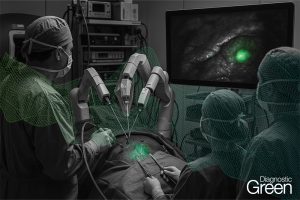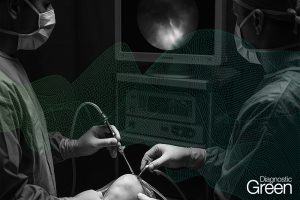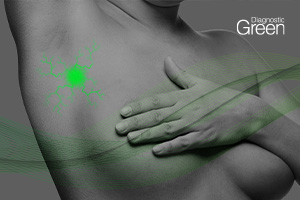Purpose: Optical coherence tomography angiography (OCT-A) has been applied to uveitis and intraocular inflammation since its availability after 2014. The imaging of retinal and choroidal vascularization without the use of dyes was a major development and represented a potentially valuable tool in ocular research. In addition to such use, OCT-A is often put forward as being able to potentially replace invasive methods needing dye injection, such as fluorescein angiography (FA) and indocyanine green angiography (ICGA). The aim of this review was to establish whether OCT-A was sufficiently useful in everyday routine clinical practice to monitor disease evolution and to perform treatment adjustments to the extent that it could reliably replace the standard dye methods. Methods: Selective literature review and analysis of own data and experience.
Results: OCT-A is a technologically high-grade imaging modality allowing to analyze retinal circulation in inflammatory diseases of the posterior pole with a high sensitivity useful for research purposes. However, there is no evidence that it reaches equal effectiveness in the routine management of posterior uveitis involving the retina. OCT-A is unable to show leakage. In choriocapillaritis involving pre-capillary vessels, it shows capillary drop-out but does not seem to have an advantage over ICGA except that it can be repeated easily, not being invasive, and so allows a closer follow-up. It is, however, less useful in end-choriocapillary non-perfusion, such as in MEWDS. For choroidal stromal inflammation, OCT-A is ill-suited as it only shows inconsistent secondary circulatory changes produced by choroidal foci. OCT-A seems to be useful in the diagnosis and follow-up of inflammatory chorioneovascularisation (iCNV), although dye exams are more precise in showing the activity of the iCNV. Conclusion:
In summary, OCT-A is a very sensitive modality for the retinal circulation in uveitis for research purposes; it is sometimes useful for close follow of choriocapillary drop-out but not in end-capillary non-perfusion. Its use for monitoring purposes in stromal choroiditis, however, is questionable. Its claim to possibly replace classical angiographic work-up for the practical management of posterior uveitis is largely overrated.




